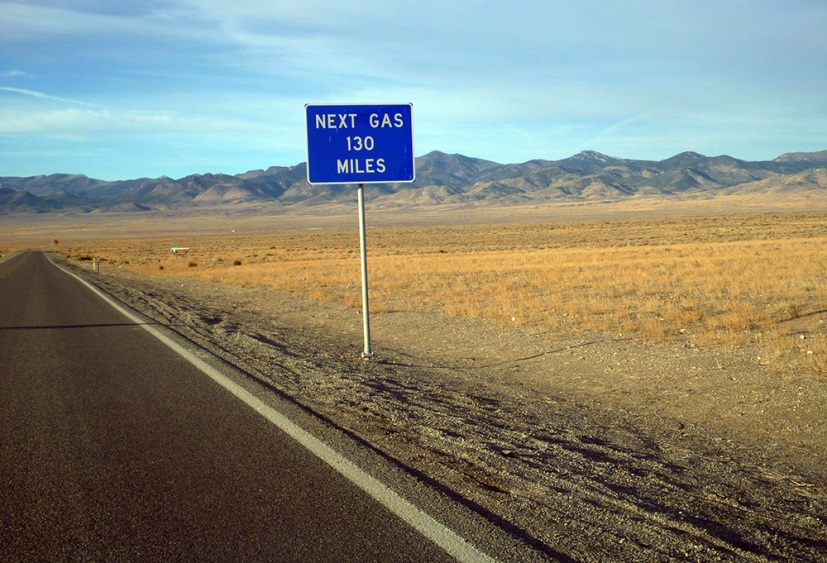


When consumers are considering the purchase of an electric vehicle, what are they thinking? Good question.
I would be thinking, how can I fully utilize it and what are the limitations? The limitation nearly anyone would consider include the limited driving range. What can I do with the 70 mile or so cap between charges? Obvious (I think) answers include driving to work and running errands around the city. But there are a boatload of other owner and societal issues no one mentions – not this article from Green Tech Media, which is based on this report from the Edison Electric Institute (EEI). Both documents urge electric utilities to get on the wagon and promote EVs as a way to restore flagging sales growth. The EEI report includes a short section on challenges, but as most promoters of EVs do, they barely scratch the surface on a huge pile of technical, societal, and equity (fairness) questions.
Take California, please – the bleeding edge of energy efficiency, renewable energy, and electric vehicles. I already discussed the challenges photovoltaic (PV) renewable energy will inflict on California ratepayers in Utility Death Spiral – The Duck has Your Back. You can see in that post that the planned surge in PV does nothing to curb peak use, but rather it makes it worse in that far more power from conventional sources (nearly all natural gas) will come in a very short period of time as everyone returns to their homes for evening activities.
See a little problem here?
Customers use electric cars for commuting to work. They return home, plug it in, and pile on much greater demand on the grid during that peak.
But this can be diverted with “smart” technology and/or added infrastructure by utilities. Smart technology might be waiting till after that peak has subsided – which coincidentally, is when the sun is shining – in Guam. At this point, cars are being charged with electricity generated by natural gas, with maybe 60% efficiency in a combined cycle plant. Why not just cut out the middle man – the power plant, the poles, wires, transformers and all this junk – and fillerup with natural gas and be done with it?
Good question.
But Jeff, the utilities will/should install charging stations for EVs at customers’ place of work. This way, the PV panels back at my home – the distributed generation that PV enthusiasts boast – can charge my car while it sits in the ramp at work. Isn’t this a little odd? And who is going to pay for the charging station at my place of work? People are not going to pay for it because jobs come and go, and furthermore, I’ll stick with my pets for life, but I’m not going to stick with my parking spot for life.
The answer could be the utility pays for it. If it goes with the rate base, it’s a major equity issue. The poor can barely afford their energy bills, let alone PV panels, let alone a Nissan Leaf. Even if it doesn’t and is leased to users, it’s going to cost a lot. Imagine a gas station for every car!
It wouldn’t be inexpensive either. How many parking garages, lots, and ramps have electrical service with capacity in excess of that required to power high pressure sodium fixtures on 50 foot centers? The electrical pipes to the structure don’t have capacity to support meaningful charging.
The lowest common denominator EVs share with combined heat and power is lack of cost effective electrical storage and optimally timed supply and demand. The kneejerk response to driving around town in a vehicle powered by renewable energy is nirvana. The challenge is the engineering.
A potential solution is swapping batteries. While the Leaf is sitting in the garage at work, the PV panel at home is charging the second battery during the day. But on top of buying my own PV generation, charging equipment, expensive car, I need another battery? They are not cheap. They are not light. They are not even part of the EV design.
One final challenge with EVs, and this gets back to combined heat and power mentioned above – controlling the climate in a car takes an enormous amount of energy. This hardly matters in a conventional vehicle because they are rolling combined heat and power plants on wheels.
Cars are not like homes. They have no insulation. In wintertime, the waste heat generated by a conventional car isn’t just a luxury for comfort, it is entirely essential. Without ventilation to remove moisture from breathing occupants, and freshly showered wet hair in my case, the driver cannot see due to the resultant fogged/frosted windows. If you think texting while driving is risky… you get the picture.
Per my calculations, a car that gets 30 miles per gallon, at 60 miles an hour, produces roughly 200,000 Btu/hour of waste heat = three typical home furnaces. In really, really cold weather, like minus 30, that’s probably just enough to keep the cabin around 70F. At something reasonable, say 20F, it’s about twice as much heat as required. For an EV, it will suck the battery dead like nobody’s business. It’s about 30 kW for cabin heating, which is at least 2x the power needed for propulsion. Cooling presents similar challenges.
These are inescapable maxims.
I can’t say whether utilities have thought about these brick walls, er, I mean challenges, but if I were a EV proponent, I’d say, fuggedaboutit. I’ll take the bus.
